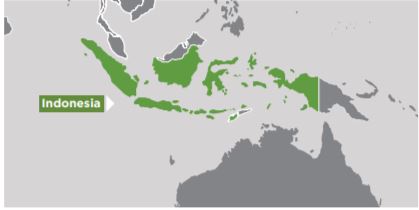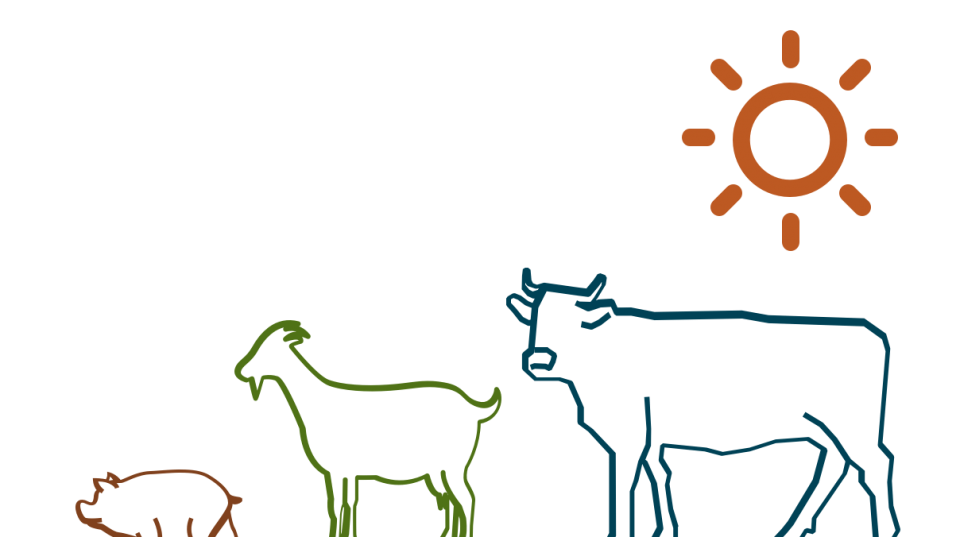Overview
This project provided communication research support to ACIAR project LPS/2008/054 Improving smallholder cattle fattening systems based on forage tree legume diets in eastern Indonesia and northern Australia.
This small research activity:
- Evaluated the efficacy of scale-out processes for farmer adoption of forage tree legume feeding systems and the effectiveness of the communication strategy and media used to support these processes.
- Recommended future scale out of forage tree legume systems in eastern Indonesia.
- Improved forage tree legume project partners' capacity to design, implement, and monitor scale out of forage tree legume feeding systems among smallholder cattle fattening farmers in Lombok, Sumbawa, and West Timor.
Project Outcomes
The analysis of the main FTL Project showed that it had been very effective in demonstrating the potential of Leucaena and Sesbania as high quality feed in smallholder cattle fattening in Lombok and Sumbawa (West Nusa Tenggara province – NTB) and in West Timor (East Nusa Tenggara province – NTT). The technology suited the needs and conditions of many farming groups and families that participated in the project and the team on the ground worked with farmers to adapt and implement these systems effectively. Awareness and motivation was particularly raised through exchange visits to already successful implementers of FTL-based systems. The Field Researchers who were based at the project sites guided farmers on a daily bases to incorporate the new practices into their farming systems. The capacity and commitment of the research teams were key to the success of the FTL project. Substantial numbers of farmers were reached directly and indirectly.
While components 1 and 2 of the outreach strategy were effectively incorporated in the implementation of the main FTL project, with particularly (Field) Researchers mobilising and training local farmer groups and collecting data on performance of the various systems, the other components appeared to be more difficult to implement within the context of a pilot-roll out that had a limited timeline and specific objectives to achieve. Training of trainers (government extension and technical officers and some farmer facilitators) was conducted, but only one (NTB) or two (NTT) of the four rounds that had been planned due to funding constraints. As such, the potential of this pool of promotors of the innovation was not fully reached. Similarly, the majority of trained facilitators could not fully implement what they had learned at the training within their constituencies, as they did not receive financial support from their institutions to conduct intensive fieldwork.
Based on the above conclusions, it is recommended that:
- continued support be provided to further capacity building of FTL facilitators in the target areas;
- more adaptive research be conducted to fine-tune the FTL-based systems to more diverse environments and socio-economic conditions; and
- government departments in the target areas be supported to develop policies that favour continued and expanded implementation of FTL-based systems.





